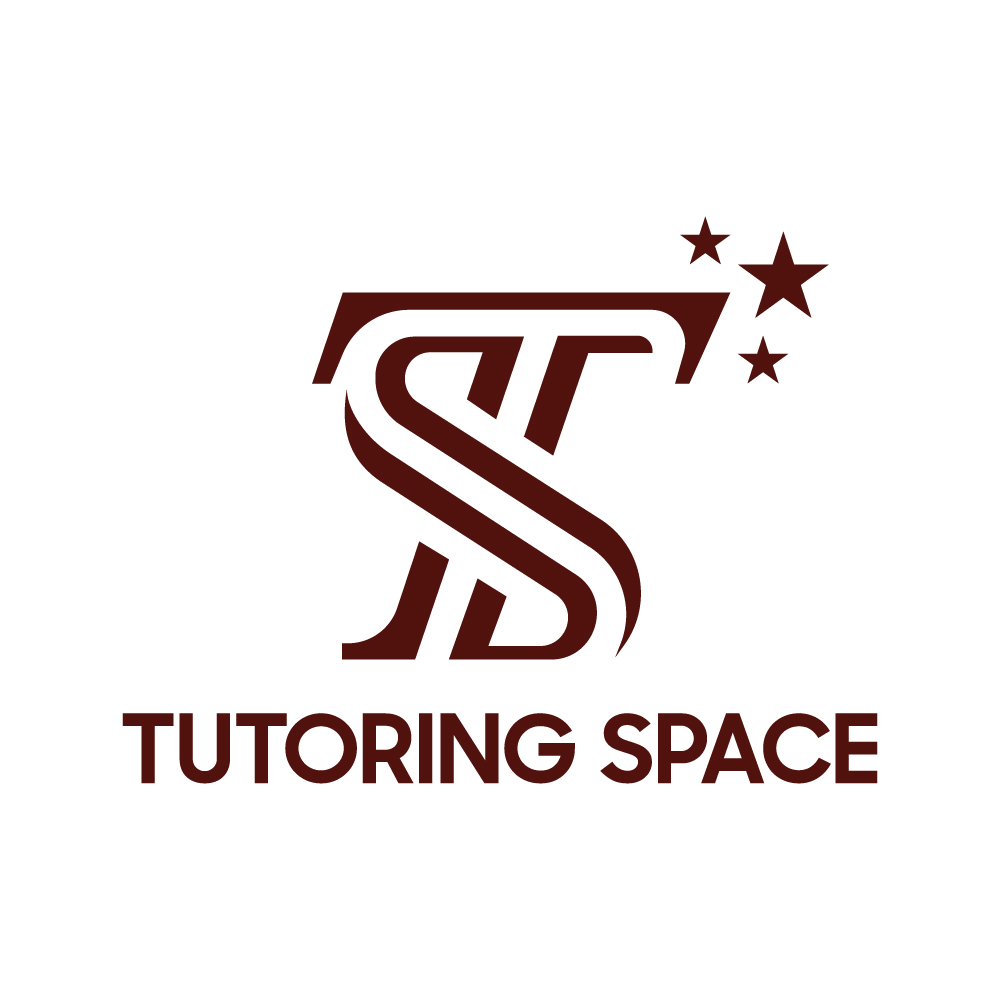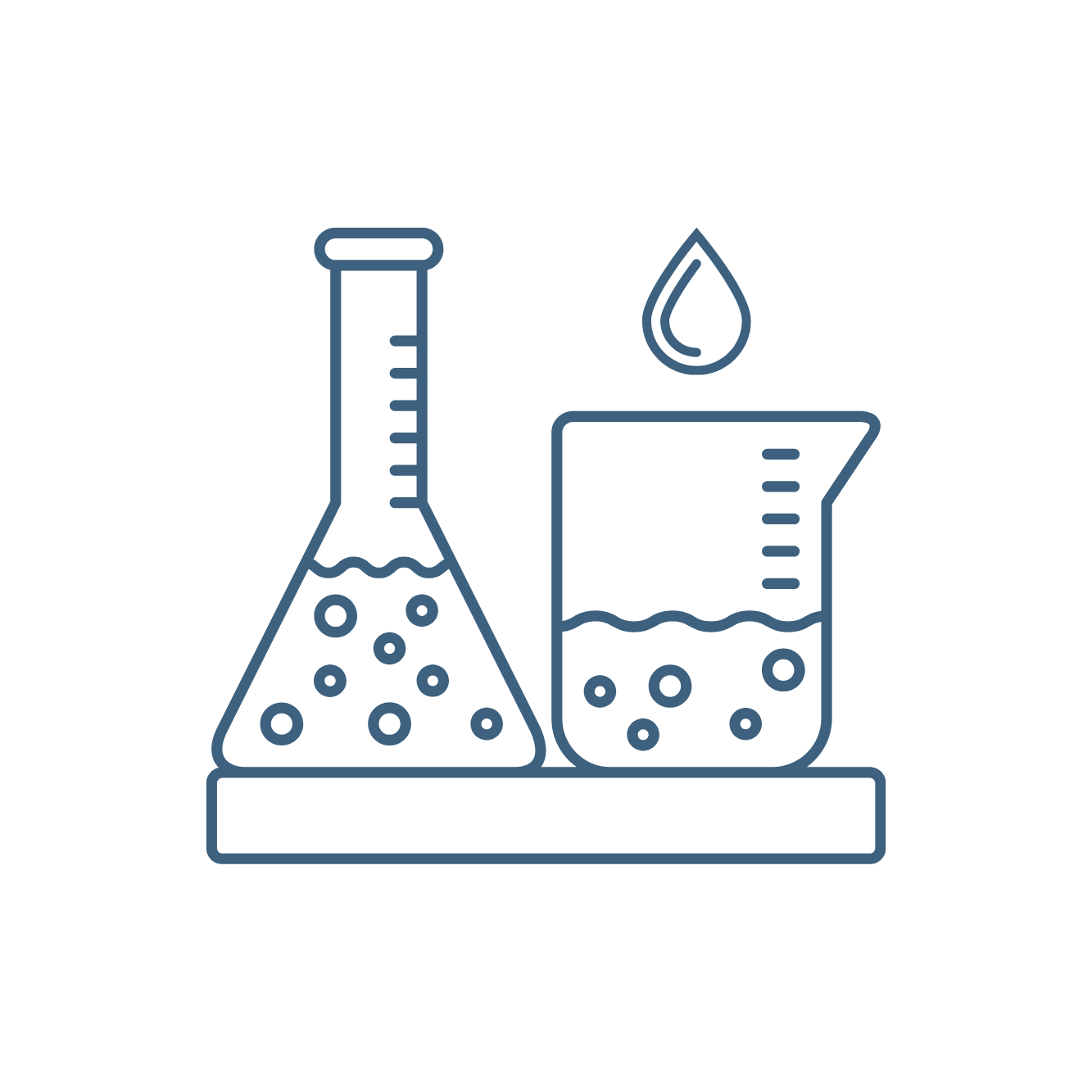The IB Biology course investigates the structure, function, and interactions of living organisms through an integrated framework of four unifying themes (Unity & Diversity, Form & Function, Interaction & Interdependence, Continuity & Change) across four levels of biological organization (Molecules, Cells, Organisms, Ecosystems). It emphasizes concept-based learning, scientific inquiry, and data analysis, enabling students to connect molecular processes to global systems. Through experiments, critical evaluation, and real-world applications, students develop the analytical and investigative skills essential for future studies in life sciences, medicine, biotechnology, and environmental science.










